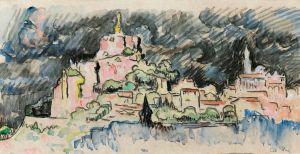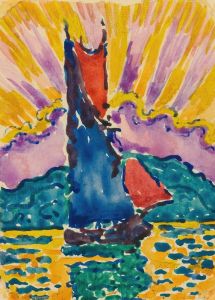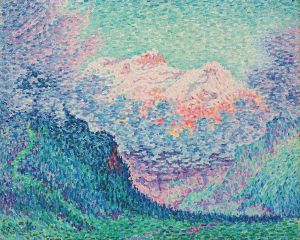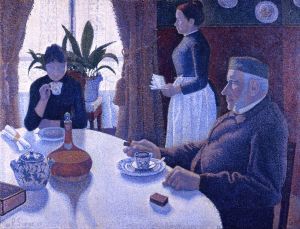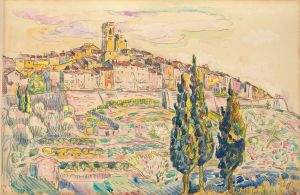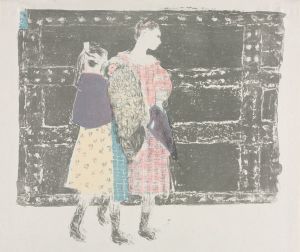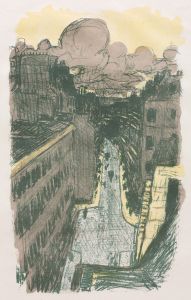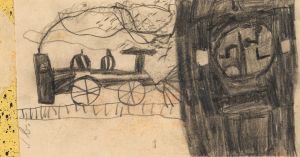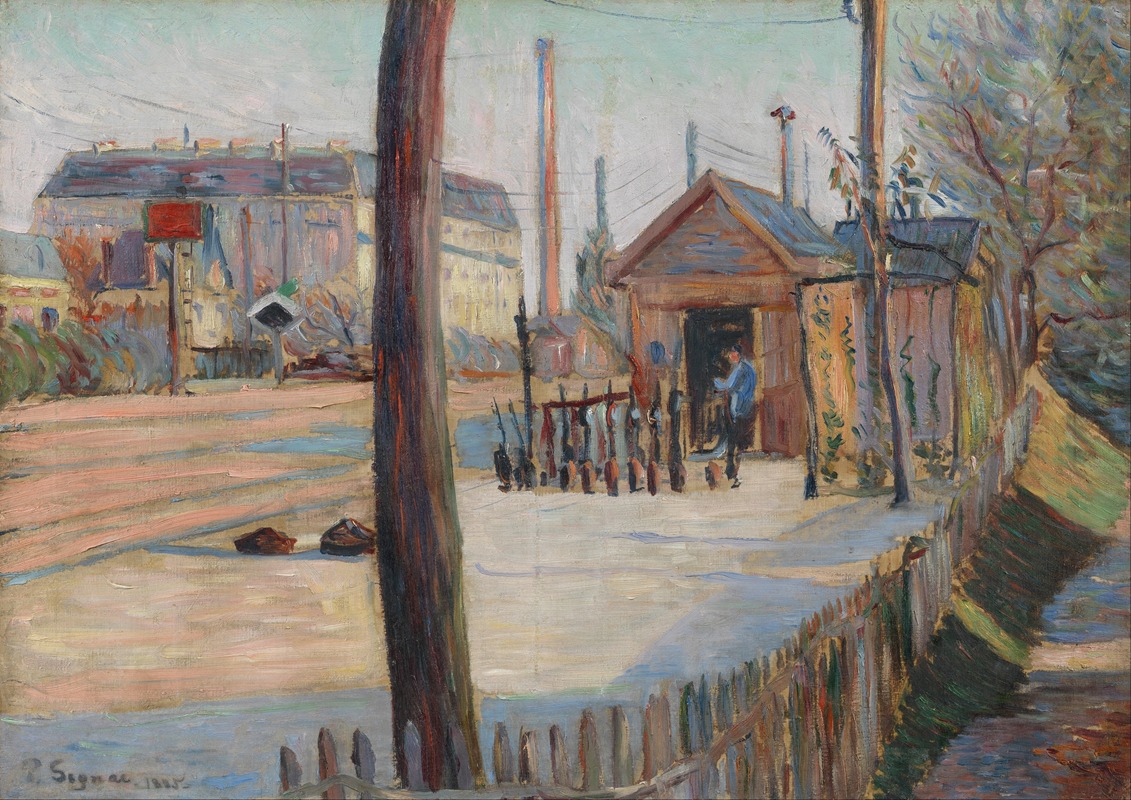
Railway junction near Bois-Colombes
A hand-painted replica of Paul Signac’s masterpiece Railway junction near Bois-Colombes, meticulously crafted by professional artists to capture the true essence of the original. Each piece is created with museum-quality canvas and rare mineral pigments, carefully painted by experienced artists with delicate brushstrokes and rich, layered colors to perfectly recreate the texture of the original artwork. Unlike machine-printed reproductions, this hand-painted version brings the painting to life, infused with the artist’s emotions and skill in every stroke. Whether for personal collection or home decoration, it instantly elevates the artistic atmosphere of any space.
Paul Signac's "Railway Junction near Bois-Colombes" is a notable example of the artist's work during the late 19th century, reflecting his interest in the interplay of light, color, and modernity. Signac, a prominent French Neo-Impressionist painter, was a key figure in the development of the Pointillist technique, which he co-founded with Georges Seurat. This painting exemplifies his dedication to this method, characterized by the application of small, distinct dots of color that blend in the viewer's eye to create a cohesive image.
The painting captures a railway junction near Bois-Colombes, a suburban area located northwest of Paris. During the late 1800s, the expansion of the railway system in France was a symbol of industrial progress and modernity, themes that fascinated many artists of the time. Signac's choice of subject matter reflects his interest in contemporary life and the changing landscape brought about by technological advancements.
In "Railway Junction near Bois-Colombes," Signac employs his signature Pointillist technique to depict the scene with vibrant colors and meticulous attention to detail. The composition likely includes elements typical of a railway junction, such as tracks, signals, and possibly trains, though the exact details of the painting's composition are not specified here. The use of color and light in the painting would have been intended to convey the atmosphere and dynamism of the scene, capturing the essence of movement and the bustling energy associated with rail travel.
Signac's work is often noted for its harmonious color schemes and the way he used color theory to enhance the visual impact of his paintings. By placing contrasting colors next to each other, he was able to create a sense of vibrancy and luminosity. This technique was influenced by scientific theories of color and perception, which were gaining popularity among artists during this period.
The painting is a testament to Signac's skill in capturing the spirit of the age, blending the natural world with the man-made, and highlighting the beauty in everyday scenes. His work, including "Railway Junction near Bois-Colombes," played a significant role in the evolution of modern art, influencing future generations of artists who sought to explore new techniques and perspectives.
Signac's contributions to the Neo-Impressionist movement were significant, as he not only practiced the style but also wrote extensively about it, helping to articulate the theoretical underpinnings of Pointillism. His writings and paintings collectively helped to establish a framework for understanding and appreciating this innovative approach to art.
While specific details about the painting's current location or its exhibition history are not provided here, Signac's works are held in numerous prestigious collections worldwide, including major museums and galleries. His paintings continue to be studied and admired for their technical precision, vibrant use of color, and their ability to capture the zeitgeist of an era marked by rapid change and modernization.






